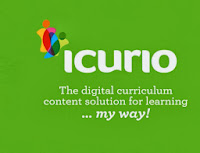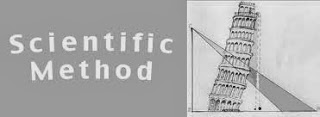In the video The Last Lecture: Achieving Your Childhood Dreams, Randy Pausch teaches us that one of the ways to build confidence in our students is to put them in situations where they can test their own limits. One of the best ways to do that is to make learning fun or edutaining. Edutainment is the process of teaching students something hard while making it feel like fun. How can we do this? One way to incorporate fun is by getting them involved in their own education. No two children are alike so we should find out what each of their interests are so that we may be able to incorporate them in with the lessons that we want for them to learn. I understand that we have heard a lot lately about how project-based learning is the best way to encourage learning in the classroom, but that is not all PBL is good for. These project-based assignments also teach students how to challenge their own mind to reach depths they had never thought they could, how to collaborate with others who may have different ways of thinking, and how to self-reflect to make themselves better with every evaluation. As teachers, we should always stress the importance of giving and receiving feedback from our peers and learning from it.
Pausch teaches us of the importance of enabling our students to visualize their dreams and see them through. We all know what it is like to want for something only to have someone make you feel inadequate or unworthy of getting it. As teachers, it is our duty and our responsibility to show these kids that they are worth it and that they are capable of anything they set their minds to. Pauch said, "Brick walls are there for a reason; they let us prove how badly we want things." In other words, we should always drive our students to do better. Since we don't know the limits of our students, we should ask for nothing and wait for everything. One of the things that struck me was when he said, "Wait long enough and people will surprise you." We have the choice of being the difference in a child's life. We can choose to do nothing or we can choose to never give up. Pausch said, " Don't bail; the best gold is at the bottom of the barrels of crap." What if my teachers would have given up on me? What if your teachers would have given up on you? Where would we be today? We might not have been bound and determined to better ourselves. We might have just given up on ourselves like so many students choose to do because they don't have someone telling them that they can. It is important for us to always view our actions from the perspective of others. We want to treat our students just as we want to be treated. So many people have that teacher that they can remember always inspiring them in some way. What do these teachers have in common? All of these teachers took a personal interest in the students they inspired. Now, imagine what it would be like if we did that with all of our students. What kind of a difference would that make in our world? Our students need to understand that we all make mistakes, but that is no reason to give up. Not you giving up on them nor them giving up on themselves. If we want our students to fulfill their dreams then we are going to have to show them that they are worthy of their dreams and that they should go after them with all they have.
When I was a young girl in elementary school, I was instructed to go with the special education students to the resource room. I wasn't sure what that meant for me, but I did understand that I didn't want to go. I might need to add that this was before formal testing was done on students and parents didn't have to be informed of the change that was being made. I remember crying and begging to my teacher that I would do better. She decided to give me that chance and I never did let her down. I worked and worked until I was able to help teach myself during times when I struggled to understand. There was another instance in high school when a teacher showed me that I was so much more capable of learning than I ever thought I would be. He made me feel special and important. He gave me the confidence to try new things and step outside of the box to do those things. All it took for me was those two teachers giving me a chance and helping guide my way. Today, I wouldn't say that I am exceptional, but I would say that I am moderately intelligent. What kind of teachers are we going to be for the students we will have in our classrooms? Are we going to be dream squashers or dream makers? We are standing before our professional trails and we have some decisions to make.















